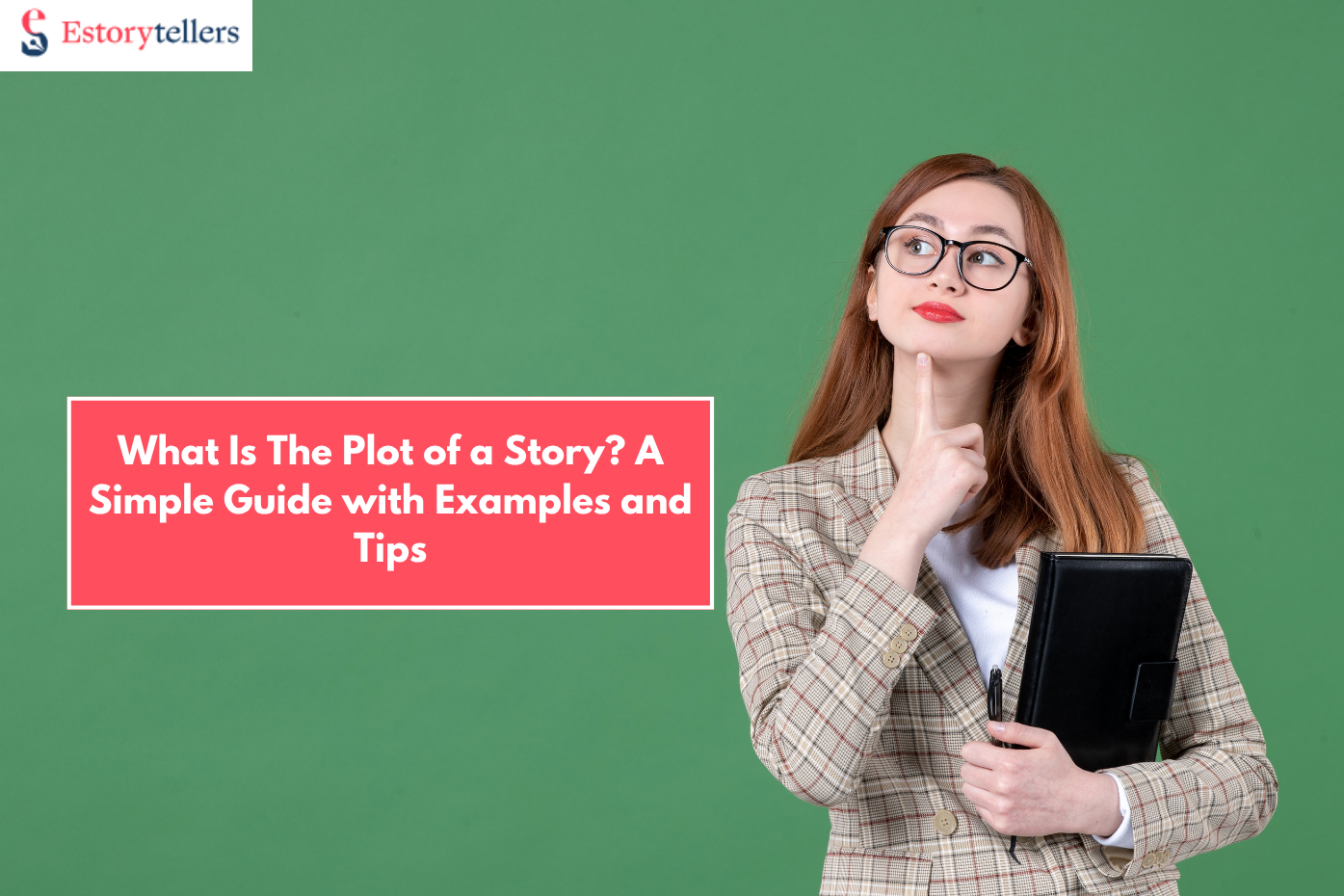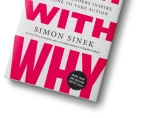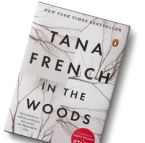
From ancient Panchatantra tales told around firelight to modern web series on Netflix, one thing connects every great story: a strong plot.
If you’ve ever finished a book or movie and said, “That story really hooked me,” what you’re reacting to is the plot—the thoughtful sequence of events that creates tension, builds momentum, and delivers emotional payoff.
But many writers struggle with this basic concept. What is a plot? How is it different from a story? What are the parts of a plot, and how do you write one that actually works?
In this in-depth guide, we’ll break it down in the simplest terms, so whether you’re a student, a first-time author, or just curious, you’ll leave with complete clarity.
What Is a Plot? (Definition + Simple Examples)
At its core, a plot is the structured series of events that unfold in a story, driven by cause and effect.
Basic definition: Plot is what happens in a story—and why it happens.
For example:
- Story: A boy finds a ring and meets a wizard.
- Plot: A boy finds a powerful ring, is hunted for it, and must destroy it to save the world (The Lord of the Rings).
In short, a plot is not just a series of events. It’s how those events are connected, build tension, and create emotional impact.
Plot vs. Story: What’s the Difference?
This is one of the biggest sources of confusion, so let’s clear it up.
- A story is a list of events (this happened, then that).
- A plot connects those events with causality (this happened because of that).
As author E.M. Forster famously explained:
“The king died and then the queen died” is a story.
“The king died and then the queen died of grief” is a plot.
Key takeaway: Plot is story + cause + emotion.
Why Is Plot Important in a Story?
The plot is the engine of your story. It gives it:
- Direction: Moves the story from beginning to end.
- Tension: Keeps readers engaged and turning pages.
- Emotion: Makes us feel something—fear, hope, joy, loss.
- Structure: Helps the story unfold in a way that makes sense.
Without a plot, a story feels flat, like random scenes glued together.
Craft a Plot That Hooks Readers
We turn scattered story ideas into strong, engaging narratives that flow from start to finish.
Get Expert Story HelpThe 5 Key Elements of Plot
Most stories follow a five-part structure called Freytag’s Pyramid, developed by 19th-century playwright Gustav Freytag.
1. Exposition
- Introduces setting, characters, and backstory.
- Example: A girl living in District 12 hunts to feed her family (The Hunger Games).
2. Rising Action
- The main conflict begins. Tension builds.
- Example: Katniss volunteers as a tribute and prepares for the Games.
3. Climax
- The turning point. High stakes, big decisions.
- Example: Katniss and Peeta threaten a double suicide.
4. Falling Action
- Loose ends start to tie up.
- Example: The Capitol declares them both winners, but tension remains.
5. Resolution (Denouement)
- Conflict resolves. Characters reflect or move on.
- Example: Katniss returns home, but everything has changed.
This format can be used in everything—from short stories to epic trilogies.
Plotting Trouble? We’ve Got You
From character arcs to conflict structure, Estorytellers helps you master storytelling like a pro.
Fix Your PlotPopular Plot Structures (Beyond Freytag)
While Freytag’s Pyramid is classic, there are other widely used story structures:
➤ Three-Act Structure
Split into:
- Act I: Setup
- Act II: Confrontation
- Act III: Resolution
Used in films, novels, and even ad scripts.
➤ The Hero’s Journey (by Joseph Campbell)
A 12-stage adventure path where a hero leaves home, faces trials, and returns transformed.
Famous in Harry Potter, Ramayana, and Star Wars.
➤ In Media Res
The plot begins in the middle of action (used in Mahabharata, Breaking Bad, etc.), then reveals past events later through flashbacks.
➤ Seven-Point Story Structure
- Hook → First Plot Point → Midpoint → Climax → Resolution
Great for plotting high-stakes novels.
Different Types of Plot in Literature
According to writer Christopher Booker, all plots fall into seven basic categories:
- Overcoming the Monster – Beowulf, Bahubali
- Rags to Riches – Slumdog Millionaire
- The Quest – Ramayana, LOTR
- Voyage and Return – Alice in Wonderland
- Comedy – Misunderstandings and happy endings
- Tragedy – Macbeth, Devdas
- Rebirth – Protagonist is redeemed or transformed
Knowing your plot type helps structure your story more effectively.
Plot Devices That Add Drama and Depth
These techniques help shape your plot and create reader engagement:
| Plot Device | What It Does | Example |
|---|---|---|
| Foreshadowing | Hints at future events | “Winter is coming” – GoT |
| Flashback | Reveals backstory mid-plot | Sacred Games |
| Cliffhanger | Suspenseful pause | Season finales |
| Deus ex machina | Sudden, unexpected solution | (Often criticized!) |
| Subplot | Parallel smaller story | Ron and Hermione’s romance |
| Red Herring | Misleads the reader | Detective novels, thrillers |
Plot-Driven vs. Character-Driven Stories
A good story balances both. But here’s how they differ:
- Plot-driven: Action leads the story. Common in thrillers and mysteries.
- Character-driven: Internal growth leads the story. Common in literary fiction or dramas.
Tip: Even in a high-octane plot, your characters must change by the end—or it won’t feel satisfying.
Your Story Deserves a Perfect Plot
Don’t let a weak plot hold your book back. Our experts shape stories that readers can’t put down.
Strengthen Your StorylineHow to Create a Strong Plot (For Writers)
Here’s a step-by-step to plot your story:
- Start with a central conflict – What does the character want? What stands in their way?
- Raise the stakes – Every event should increase tension.
- Build cause and effect – Make sure each scene leads logically to the next.
- Surprise, don’t confuse – Use twists carefully. They should make sense in hindsight.
- End with resolution – Whether happy or tragic, the plot must feel complete.
New: Cultural Plots from Indian Narratives
Here’s what Indian storytellers can add uniquely to the concept of plot:
- Arranged marriage tension (used in 2 States, Band Baaja Baaraat)
- Festivals as turning points (Raees during Moharram)
- Mythical parallels (Modern characters mirroring Ram or Arjuna)
- Family honor vs. individual freedom (Dilwale Dulhania Le Jayenge)
Using Indian themes can make even familiar plots feel fresh and rooted.
Conclusion
Plot is more than just action—it’s the framework that gives a story its soul. Whether you’re writing a five-minute flash fiction or a full-length novel, a strong plot transforms your ideas into a journey readers won’t forget.
From Freytag’s Pyramid to the Hero’s Journey, you now have the tools to understand, analyze, and build powerful plots. And when you sprinkle in your own voice, setting, and cultural context, you’ll write stories that feel fresh, grounded, and unforgettable.
So what’s next? Try building a plot outline using your favorite structure—and don’t forget to let your characters lead the way.
Frequently Asked Questions (FAQs)
Q: Can a plot be non-linear?
Yes. Non-linear plots start in the middle or move back and forth in time. They require careful structure to avoid confusion.
Q: Is plot the same as theme?
No. Plot is what happens. The theme is what it means.
Q: How long should my plot be?
That depends on the story type—short stories have tighter plots; novels allow more subplots and character arcs.
Q: What’s a subplot?
A smaller story within the main plot, often adding emotional layers or contrast.
Q: Can a story have multiple plots?
Yes. Multiple plotlines can run parallel or intersect, common in ensemble dramas.






























